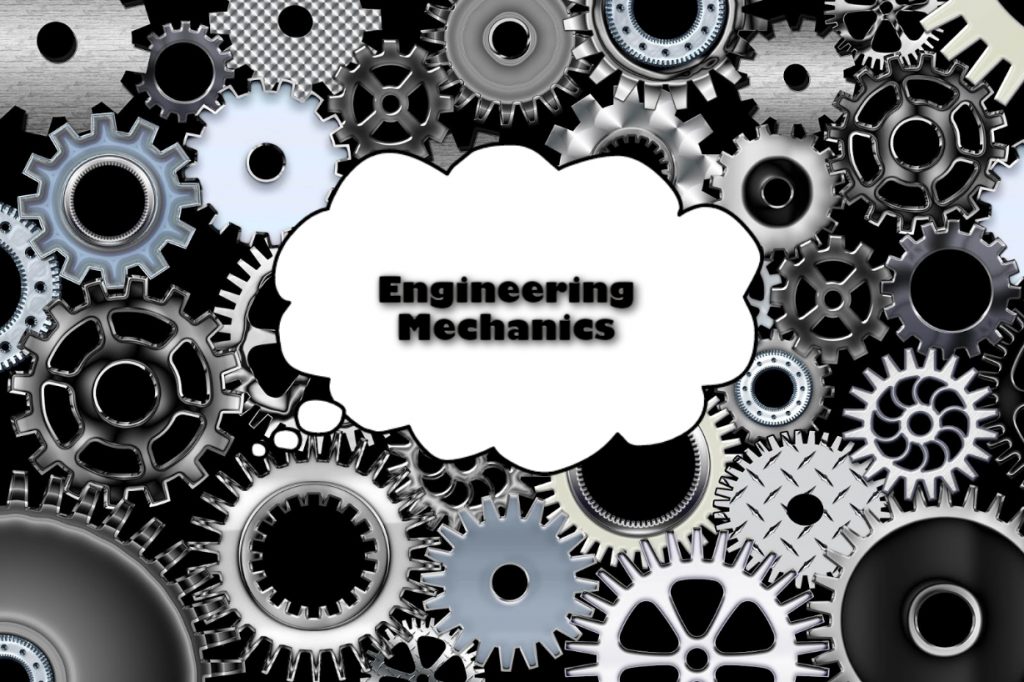1. The forces, which meet at one point and their lines of action also lie on the same plane, are known as
A. coplanar concurrent forces
B. coplanar non-concurrent forces
C. non-coplanar concurrent forces
D. non-coplanar non-concurrent forces
2. The amount by which the outer edge of the rail is raised is known as super-elevation.
A. Agree
B. Disagree
3. The unit of energy in S.I. units is
A. dyne
B. Watt
C. kg-m
D. joule
4. The angle of inclination of the plane at which the body begins to move down the plane is called
A. angle of friction
B. angle of repose
C. angle of projection
D. none of these
5. Which of the following statement is incorrect?
A. A force acting in the opposite direction to the motion of the body is called the force of friction.
B. The ratio of the limiting friction to the normal reaction is called the coefficient of friction.
C. A machine whose efficiency is 100% is known as an ideal machine.
D. The velocity ratio of a machine is the ratio of load lifted to the effort applied.
6. The potential energy stored by a spring in compression is called strain energy.
A. Yes
B. No
7. The moment of a force
A. is the turning effect produced by a force, on the body, on which it acts
B. is equal to the product of the force acting on the body and the perpendicular distance of a point and the line of action of the force
C. is equal to twice the area of the triangle, whose base is the line representing the force and whose vertex is the point, about which the moment is taken
D. all of the above
8. The frequency of oscillation of a compound pendulum is(where kG = Radius of gyration about the centroidal axis and h = Distance between the point of suspension and C.G. of the body.)
A. 2π. √(gh/kG² + h²)
B. 2π. √(kG² + h²/gh)
C. 1/2π. √(gh/kG² + h²)
D. 1/2π. √(kG² + h²/gh)
9. In a single threaded worm and worm wheel, the number of teeth on the worm is 50. The diameter of the effort wheel is 100 mm and that of load drum is 50 mm. The velocity ratio is
A. 50
B. 100
C. 150
D. 200
10. The total motion possessed by a body is called
A. impulsive force
B. mass
C. weight
D. momentum
